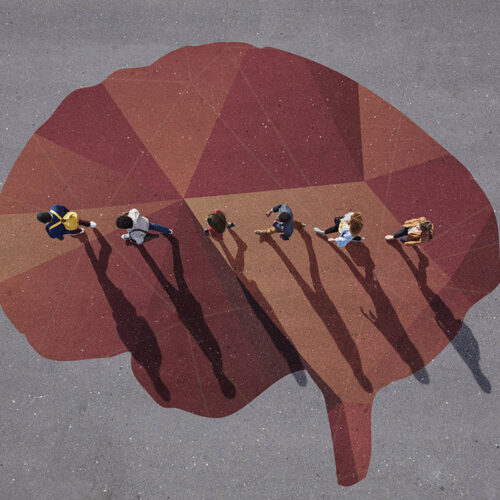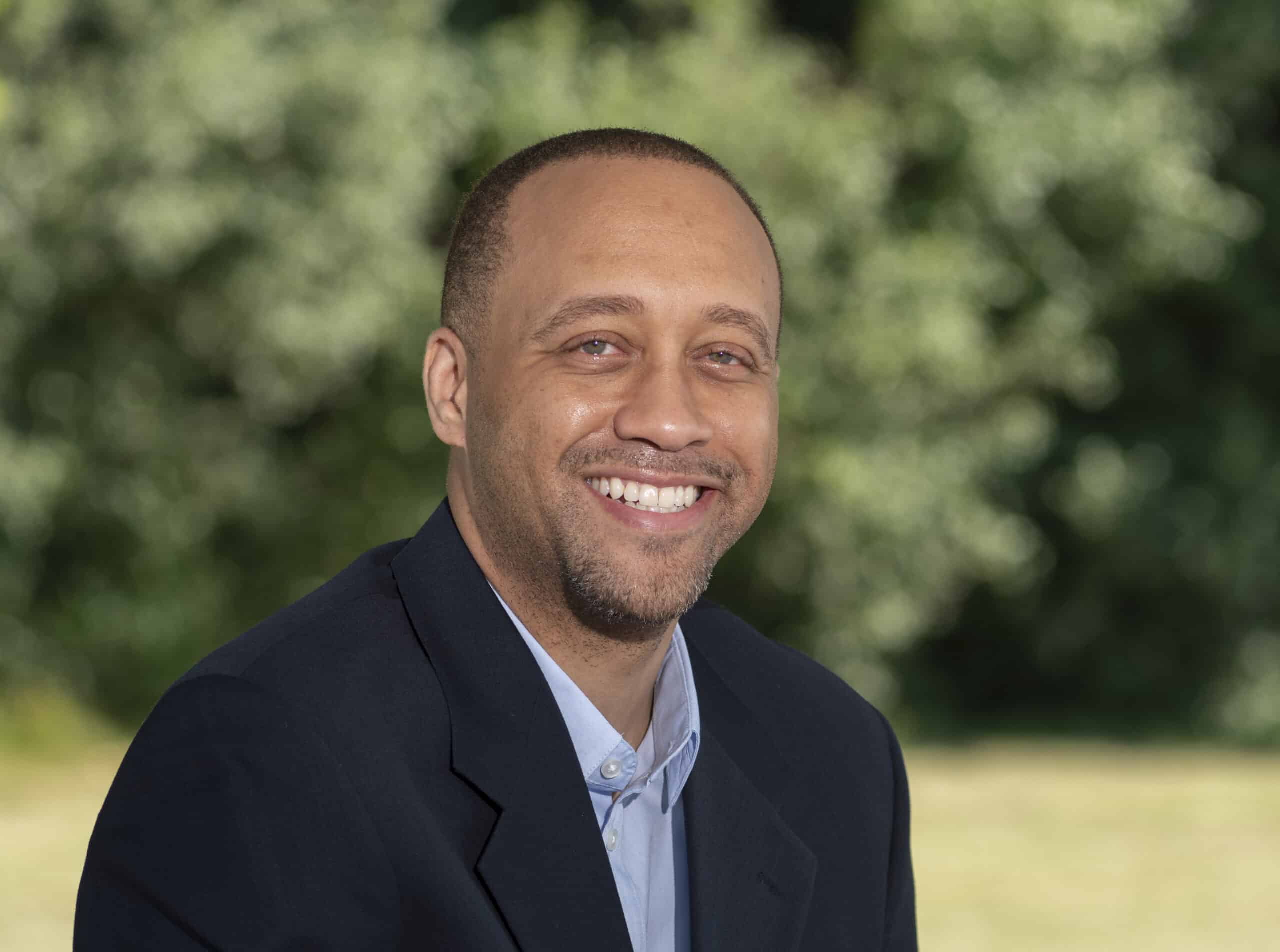Introduction
The Judge Rotenberg Educational Center, a private Massachusetts residential and day school, has for decades used shock therapy on students with developmental and emotional disabilities to curb aggressive behavior and self-harm.
This month, the school won a reprieve from a proposed ban after a federal appeals court concluded that the March 2020 decision by the U.S. Food and Drug Administration was beyond the agency’s authority because it interfered with the practice of medicine. Staff at the center use a graduated electronic decelerator, commonly referred to as the GED, to remotely shock students and older clients through electrodes attached to the skin. The facility is the only one known to use the device, invented by the center’s founder.
All those currently approved for the device are 25 or older, though it has been used on teenagers in the past.
Prior to last year’s ban, legal and legislative efforts to stop use of the device had fallen short despite incidents that drew international condemnation, including from the United Nations torture investigator, who found that the device violated the U.N. Convention Against Torture.
In an incident that led to a state investigation and the resignation of the center’s founder, a former resident posing as a supervisor convinced staff to administer dozens of shocks to two teenagers for alleged misbehavior. Families have also filed suit against the center, including one case in which staff repeatedly shocked a teenager after he allegedly refused to remove his jacket.
“The GED is a treatment of last resort, and its recipients are at risk of grievous bodily harm, or even death, without it,” the Judge Rotenberg center wrote in a statement. “With the treatment, these residents can continue to participate in enriching experiences, enjoy visits with their families and, most importantly, live in safety and freedom from self-injurious and aggressive behaviors.”
Families often turn to the school after being kicked out of or denied entry to other facilities.
Michele and Charles Winters’ severely autistic daughter enrolled at the center in 2010 as a teenager after a facility in New York banned her. She is one of dozens of residents at Judge Rotenberg who receive the two-second shocks from the GED.
“We couldn’t handle her at home, we couldn’t keep her safe,” Michele Winters said.
Judge Rotenberg staff required her to wear a padded helmet with a face mask to prevent her from banging her head on hard surfaces and biting her hands, behavior that left her bloodied and bruised.
Now, more than a decade later, the 27-year-old is among the dozens of clients who are shocked to modify their behavior. Staff began administering the electric shocks to her two years ago after sustained attempts at other methods to stop self-harm failed, her parents said. The batteries connected to the electrodes are stored in a fanny pack she wears on her waist.
“On the face of it, it seems cruel and inhumane, but you have to look at what the options are for people who have these violent, self-injurious or aggressive behaviors,” Charles Winters said.
While shock therapy is rare among schools, restraints and seclusion are more common — and disproportionately used on students with disabilities. In some cases, restrained children have died.
Restraints include restrictive physical holds or devices such as handcuffs or restraint chairs that limit the ability of students to move freely. The federal government defines seclusion as incidents where a student is confined alone in a room or area and prevented from leaving. Schools often call them “time-out rooms.”
A 2009 report from the Government Accountability Office found hundreds of cases of alleged abuse and death tied to the use of restraint and seclusion in public schools or private facilities during the prior two decades. In several cases, the teachers and administrators involved in the incidents continued to work with students, sometimes in the same school or district.
The U.S. government does not track how many students are injured or killed in restraints. That absence of data is a problem for researchers.
“Nobody’s really inviting us in to look at their ugly side,” said Joseph Ryan, a professor of special education at Clemson University who studies the use of restraints in schools and private youth facilities.
In Fort Worth, Texas, a 21-year-old autistic student died in March after staff restrained him at a school for students with disabilities. The incident remains under investigation.
In May 2020, a teenage resident at Lakeside Academy, a Michigan residential facility for juvenile offenders and children in the foster care system, died after being tackled and restrained by seven staff members for throwing food in the cafeteria. The facility has since closed.
There are no federal laws restricting the use of restraints and state laws vary widely, but a 2012 U.S. Department of Education report advised that “restraint or seclusion should never be used except in situations where a child’s behavior poses imminent danger of serious physical harm to self or others.”
Before his time at Clemson, Ryan taught students with emotional and behavioral disorders in public schools, day schools and a residential treatment center. He now helps public schools and private facilities understand and correct their overuse of restraint and seclusion.
When he interviews staff and asks questions about proper procedures, they typically come back with a textbook response, Ryan said. “But then I look at the [incident] reports when the kids were actually restrained,” he said, and few involved students being physically aggressive.
Instead, restraints are often used in situations where students refuse to follow directions, Ryan said.
The use of seclusion and restraint “often becomes culture within the school,” he said.
Read more in Inside Public Integrity
Watchdog newsletter
The life-or-death consequences of pandemic evictions
Watchdog newsletter
Homeland Security: Noncitizens’ barriers to health care thwart COVID-19 progress
Lingering fear of Trump policies and health care exclusion are barriers to vaccine drives among immigrants.


Join the conversation
Show Comments